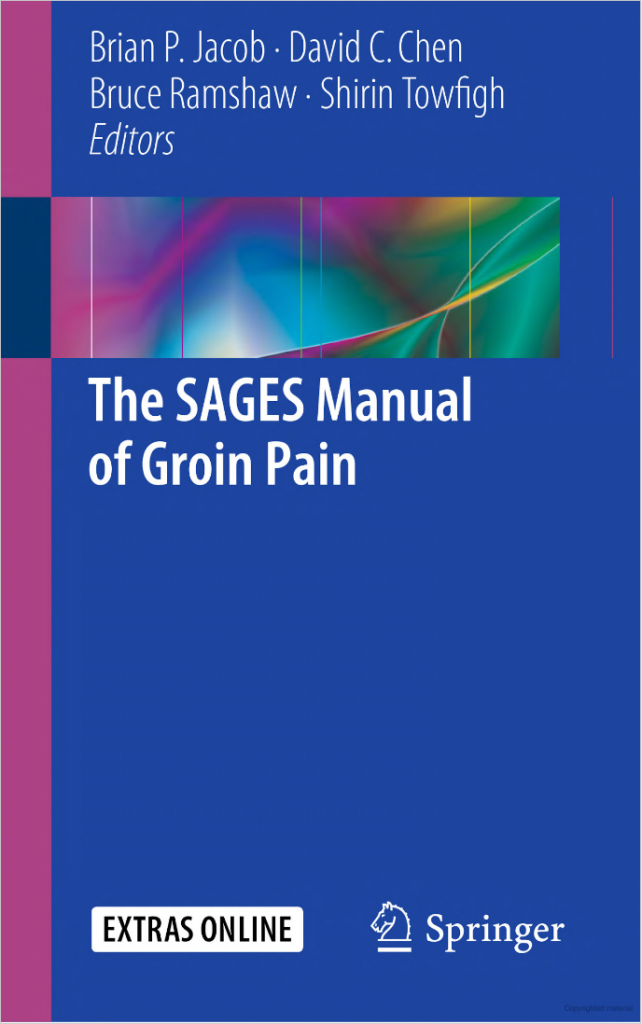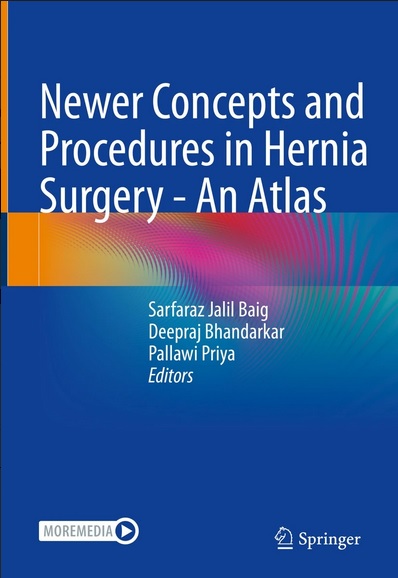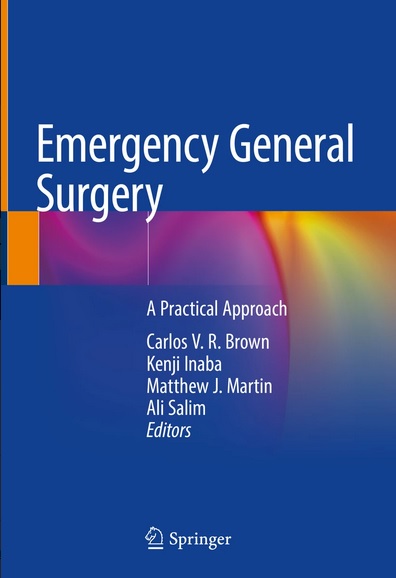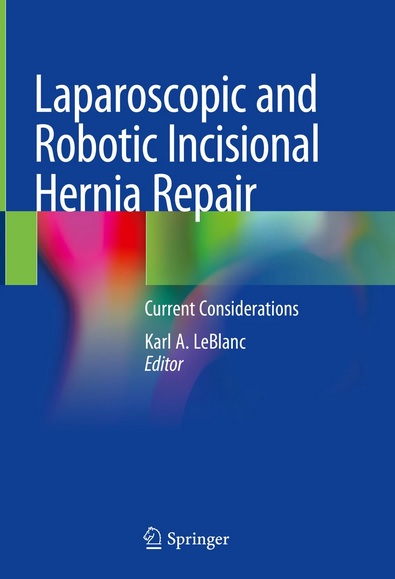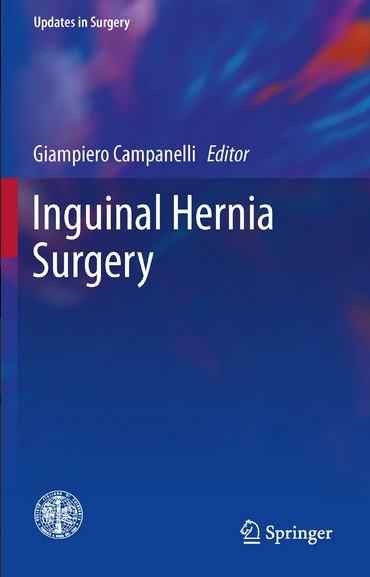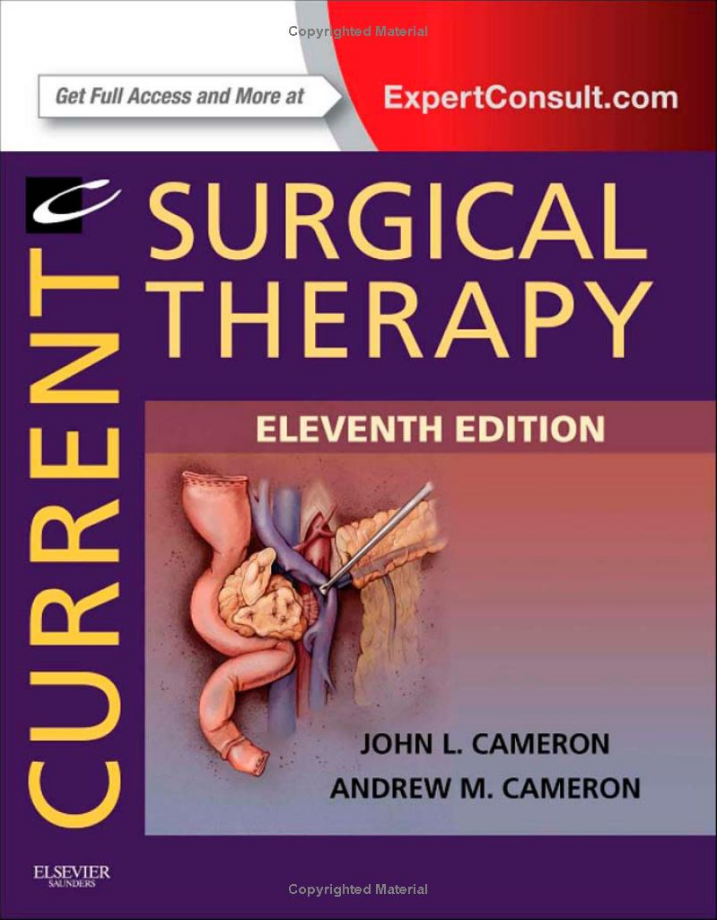SOLVING PUZZLES
ACTIVE RESEARCH PROJECTS
THE FOLLOWING CLINICAL TRIALS ARE NO LONGER ENROLLING NEW PATIENTS:
- Robotic Inguinal Hernia Repair without Mesh, r-IPT (robotic iliopubic tract repair), long-term outcomes
- Robotic Repair of Diastasis Recti (“Minimally Invasive Tummy Tuck”)
- Gender Based Differences in Inguinal Hernia Presentation and Outcomes
CLINICAL TRIALS CURRENTLY ENROLLING PATIENTS:
- Incisional Hernia Repair without Mesh, using Abdominoplasty
- Implant Reaction Survey (participate here)
- Handling of the Round Ligament, surgeon survey (participate here)
All of our patients are enrolled in the AHSQC Nationality Quality Collaborative Database. Read more about the AHSQC here.
If you are a patient interested in enrolling in a Clinical trial, please contact Dr. Towfigh’s office directly:
DR. TOWFIGH VISITING M.I.T LAB


Astrid Hartman
Excellent tutorial, one of the best I've seen and I sorely needed this step-by-step instruction. Thank you!
PUBLISHED BOOKS & CHAPTERS BY DR. TOWFIGH
The SAGES Manual of Groin Pain
This manual captures and summarizes the key elements in management of groin pain, including relevant anatomy, etiologies, diagnostic evaluation tools, imaging, detailed pharmacologic options, interventional modalities and options for operative remediation. The manual separately addresses the management of intrinsic groin pain due to primary disease processes and secondary groin pain due to a prior operation. Current practices, trends in the field, treatment approaches and controversies are addressed. While the primary audience of this book will be general surgeons performing hernia operations and pain management specialists to whom they refer, the SAGES Manual of Groin Pain will serve as a stand alone state-of-the-art resource for all providers who deal with this diagnosis, including primary care providers, sports medicine specialists, gynecologists, urologists, orthopedists, neurologists, physical medicine and rehabilitation specialists, radiologists, physical therapists, industry personnel and importantly, patients who suffer from groin pain who have copious access to health information, but without the filtering, expertise and context provided by the contributors to this manual.
This volume also uniquely provides its audience with narrative first-person accounts of some of the most common and challenging causes of pain, so that others can learn from their presentation, pitfalls, successes and failures. The expertise compiled in this manual will give the readership a pragmatic foundation to optimize the diagnosis and management of our patients with this challenging problem.
Available in eBook and softcover from Springer.
Newer Concepts and Procedures in Hernia Surgery - An Atlas
Chapter: Robotic Transabdominal Preperitoneal Repair (rTAPP) for Groin Hernia
As surgery is the only definitive management of inguinal hernias, the primary goal is to perform a safe and effective repair with low risk and low recurrent rates. Most studies support a minimally invasive approach with mesh as the technique with the best short-term recovery, best long-term outcomes, and lowest risk of chronic pain. This is especially true for women with hernias, where a minimally invasive repair with mesh is considered the preferred approach.
Fundamentals of Hernia Radiology
Chapter: Preoperative Planning Utilizing Imaging
In the setting of primary inguinal hernia, imaging serves as an adjunct to traditional history and physical exam. We do not recommend routinely ordering imaging prior to operation of primary inguinal hernias, as history and physical examination alone have been found to have sufficient sensitivity (74.5–92%) and specificity (93%) [1, 2]. The addition of imaging may improve these numbers by a few percentage points [1].
Atlas of Robotic General Surgery
Chapter 8: Robotic Inguinal Hernia Repair without Mesh
Atlas of Robotic General Surgery is a state-of-the-art reference in the rapidly changing field of robotic general surgery. It presents a comprehensive overview of current options across the entire spectrum of general surgery, with contributions by key opinion leaders in their respective fields. This unique text-atlas describes the latest trends and detailed technical modifications from the routine to the most complex procedures, highlighted by step-by-step, vividly illustrations instructions, intraoperative color photographs, and a unique narrated video collection. Atlas of Robotic General Surgery is an invaluable resource to residents, fellows, and practicing surgeons to help them successfully implement and apply robotics in their training and/or everyday practice.
Key Features:
- Provides detailed instruction on robotic procedures of the abdominal wall, foregut, bariatric, hepatobilliary, colorectal, and endocrine surgeries, for a unique, all-in-one surgical resource.
- Offers vividly illustrated guidance on all current robotic procedures through step-by-step instructions, intraoperative color photographs, and expertly edited, narrated video clips.
- Highlights the common technical pitfalls of each procedure as well as prevention and management of common perioperative complications.
- Features expert contributions from key foregut, bariatric, oncologic, hepatobiliary, and colorectal surgeons.
- Includes up-to-date coverage of the appropriate pathways for mastering robotics, practice optimization, and programmatic viability, as well as resident training curricula.
- Enhanced eBook version included with purchase, which allows you to access all of the text, figures, and references from the book on a variety of devices
Emergency General Surgery: A Practical Approach
Chapter: Incarcerated Inguinal Hernias
Treatment of the incarcerated inguinal hernia is tailored based on multiple factors related to the patient and the patient’s presentation. In this chapter, we review different realms of incarcerated inguinal hernias which may present to the emergency room. These may include the acutely incarcerated hernia vs the chronically incarcerated hernia. They include the asymptomatic vs the symptomatic incarcerated hernia. Focus is on the safe treatment of the emergency patient. Surgical techniques are reviewed. Discussion and tips are also provided on how to handle the strangulated inguinal hernia and the special case of the femoral hernia.
SAGES Manual of Hernia Surgery
Chapter: Femoral Hernia and Other Hidden Hernias: Options and Strategies
Hidden hernias are non-palpable hernias that are symptomatic. As a result, their presentation may not be classic and examination findings are minimal. That said, a detailed history, careful examination, and judicious use of imaging can diagnose these hernias, with the goal of reducing unnecessary procedures and minimizing delay in treatment. This chapter will review the common presentation, diagnosis, and management of these hidden hernias.
Laparoscopic and Robotic Incisional Hernia Repair
Chapter: Postoperative Management (Routine and Complex Situations)
Laparoscopic and robotic surgery for incisional hernias have unique aspects to them as compared to open repair techniques. These are related to the use of trocars and cannulas, manipulation of the abdominal wall, handling of the hernia contents, and mesh placement. In this chapter, we will discuss postoperative management that is unique to these two approaches to incisional hernia repairs based on these factors. They include management of postoperative pain. We also review notable complications, including trocar site hernias, intestinal injury, and seromas. Differences between the two techniques are highlighted. We include expert tips and insight into the various intraoperative decisions that can be made to reduce the postoperative complications.
Textbook of Hernia
Chapter: Diagnostic Considerations in Inguinal Hernia Repair
The diagnosis of inguinal hernias is typically confirmed by physical examination. In some cases, the examination is non-diagnostic and so imaging may help confirm the presence of an inguinal hernia. In other cases, the patient may have a more complex situation, such as groin pain of unknown etiology, a rare pelvic hernia such as a femoral or obturator hernia, and/or had a prior inguinal hernia repair that failed. In these situations, imaging can help the surgeon plan the operation and thereby help provide informed consent to the patient. These imaging modalities commonly include ultrasound, CT scan, and MR imaging. The modality of imaging, how it is ordered, how it is performed, and the quality of its interpretation can have a direct impact on the diagnosis and plan of care for the patient.
Inguinal Hernia Surgery
Chapter: Obscure Groin Pain in Women
- Describes in detail the most common procedures of inguinal hernia surgery
- Provides tips and tricks in the use of new technologies
- Includes descriptions of novel pain treatments
Current Surgical Therapy: Expert Consult – Online and Print, 11e (Current Therapy)
Dr. Towfigh’s Excerpt from Current Surgical Therapy – Chapter 109
Minimize the risks and maximize your surgical success with Current Surgical Therapy! Hundreds of preeminent general surgeons present you with today’s best treatment and management advice for a number of diseases and associated surgeries, discussing which approach to take, how to avoid or minimize complications, and what outcomes to expect. Current Surgical Therapy is indispensable for quick, efficient review prior to surgery, as well as when preparing for surgical boards and ABSITEs!
- Find the answers you need quickly, both inside the user-friendly book and online at Expert Consult.
- Obtain dependable advice on patient selection, contraindications, techniques, pitfalls, and more from this best-selling surgical resource, trusted by generations of surgeons for decades as the definitive source on the most current surgical approaches.
- Effectively apply the latest surgical techniques for minimally invasive surgery, trauma surgery, critical care surgery, and much more.
- Visualize how to proceed with full color images throughout.
- Access the complete contents online at Expert Consult.
The top reference in general surgery – fully updated to remain true to its title of Current Surgical Therapy.
The Take-Charge Patient
Frustrated or confused about how to get good medical care? In her newest book, award-winning author Martine Ehrenclou, M.A., empowers patients to become proactive, assertive, well-informed participants in their own health care. With advice and personal stories from over 200 doctors, nurses, pharmacists, other medical professionals and patients, The Take-Charge Patient reveals insider information on how to cut through the red tape and navigate today’s complex health care system with confidence.
The Take-Charge Patient outlines strategies to enable patients to take charge of what they can. You will learn how to:
- Become your own advocate
- Choose the best doctor you
- Prepare for your medical appointment
- Create a patient’s toolkit
- Communicate effectively with doctors
- Prevent medical errors and medication mistakes
- Form partnerships with your medical providers
- Manage health insurance
- Obtain discounted medication and medical care
Master Techniques in Surgery: Hernia Surgery
Chapter: Incarcerated Femoral Hernia
Part of a brand-new series that presents common and advanced procedures in the major subspecialties of general surgery.
The contributors fully explain their preferred techniques in step-by-step, thoroughly illustrated detail, assess indications and contraindications, offer guidelines on preoperative planning, and discuss outcomes, complications, and follow-up. Features include over 250 original full-color drawings and step-by-step guidance from over 40 masters in their field.


